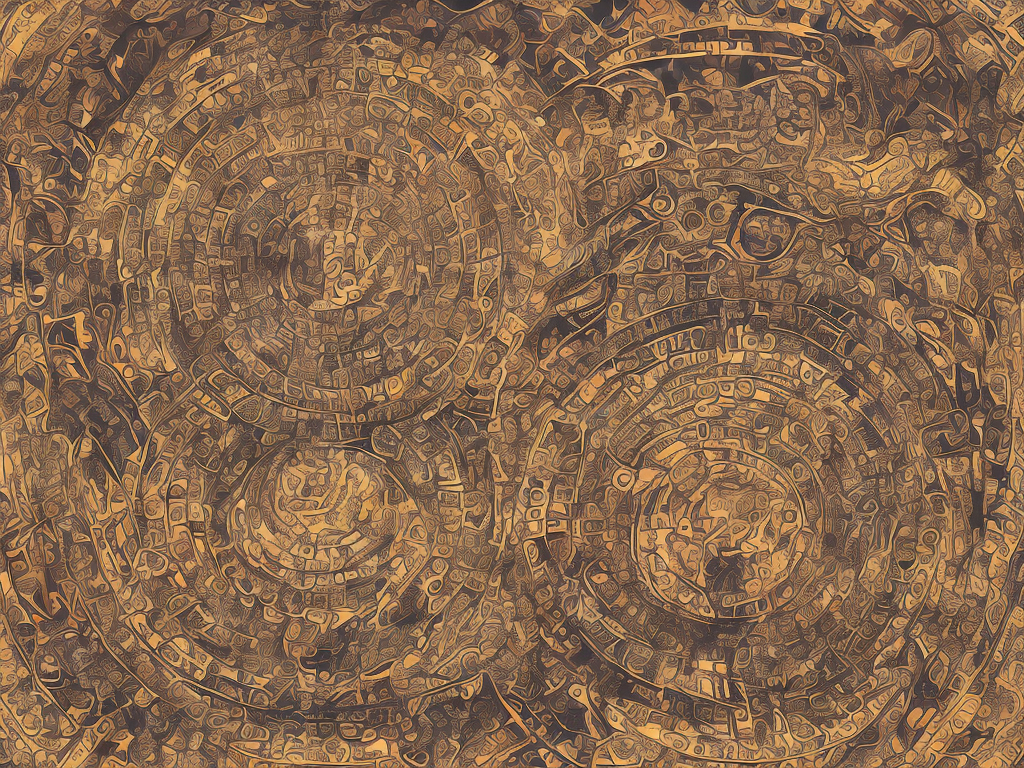
India's parliament is composed of two houses, the Rajya Sabha and the Lok Sabha. While they are both involved in the legislative decision-making process, there are key differences between the two. These three points include their composition, powers, and the manner of their election.
Composition
The first major point of difference between the Rajya Sabha and the Lok Sabha is their composition. The Lok Sabha, or the House of the People, is the lower house of the Indian parliament. It has 545 members, 543 of which are elected. The remaining two members are nominated by the President of India to represent the Anglo-Indian community.
On the other hand, the Rajya Sabha or the Council of States is the upper house of the Indian parliament. Unlike the Lok Sabha, members of the Rajya Sabha are not directly elected by the people. Instead, they are appointed indirectly by the state legislatures. Each state is entitled to a certain number of seats in the Rajya Sabha based on its population. However, the President of India has the power to nominate 12 members to the Rajya Sabha who are experts in fields like the arts, science, sports, and social service.
Powers
Another key difference between the two houses is their powers. While the Lok Sabha is more powerful in the legislative process, the Rajya Sabha has a significant role in the decision-making process. The Lok Sabha has supremacy in financial matters and can pass money bills without the approval of the Rajya Sabha. Besides this, in case of a disagreement between the two houses, the Lok Sabha's decision prevails. The Lok Sabha can pass a vote of no confidence against the Council of Ministers, which comprises the Prime Minister and other ministers, to bring down the government.
However, the Rajya Sabha can still play a significant role in lawmaking. It has the power to review and suggest changes to bills that have passed in the Lok Sabha. If the Rajya Sabha rejects the bill, it can then be sent back to the Lok Sabha with the council's recommendations. Additionally, the Rajya Sabha has the power to investigate matters of public importance and is the only house that can initiate the process of impeaching the President of India.
Election
The third point of difference between the two houses is in their election. As mentioned earlier, members of the Lok Sabha are directly elected by the people through a first-past-the-post system. On the other hand, members of the Rajya Sabha are elected by the members of the state legislatures through a system of proportional representation. Each state's legislative assembly nominates members to the Rajya Sabha based on their share of the vote in the assembly.
Another key difference in their election process is that the term length of the members of the two houses is different. Members of the Lok Sabha are elected for a period of five years, after which elections are held again. However, members of the Rajya Sabha are elected for a period of six years, and only one-third of the members retire every two years. In case of a vacancy before the completion of the term, the state legislature elects a new member to finish the remainder of the previous member's term.
Conclusion
In conclusion, the Rajya Sabha and the Lok Sabha are two of the most important institutions in India's democracy. Though they work together to make laws and represent the Indian people, they have different functions, composition, and powers. Understanding these differences is crucial to understanding how India's legislative process works and how it affects the lives of its citizens.
 Self-Instruct
Self-Instruct